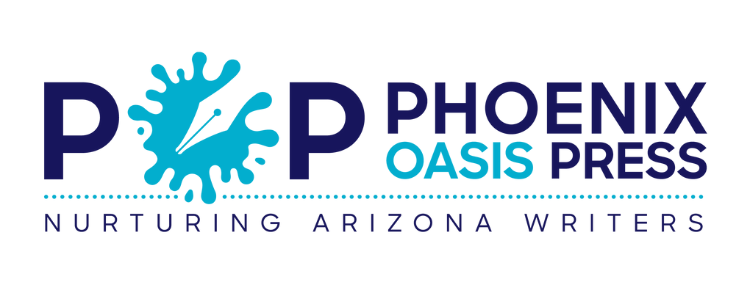…But I’m Not Creative!
Written by Jenny Bilskie-Smith
“Creativity teaches us to flex our imaginations helping us to conceive of a more hopeful future (1).”
As a child, I loved getting lost in my imagination. I spent hours in my room, closet, or a pretend fort. I daydreamed, listened to music, drew, sang, and danced. This is not unusual for most children; they are quite comfortable in the land of make-believe. Sadly, we tend to believe that creativity fizzles out as we get older and worse, we think creative people are different than non-creative people, as though creativity is a binary personality trait; either you have it, or you don’t. We portray the creative person as someone suffering in solitude that eventually succumbs to alcoholism or some other self-sabotage. These misconceptions rob us of the connection, hope, and enhanced sense of well-being that creativity has to offer.
Let’s destigmatize creativity by giving it a working definition. It’s the coming together of several different mental processes: cognitive processes, awareness from experience (knowledge), individual personality, one’s environment, and one’s motivations (3). So if that’s creativity, it applies to all of us; we all experience these mental processes.
It gets better.
Creativity is also a tool to broaden the individual experience, allowing us to explore the connections we individuals have to the greater whole.
It’s associated with a “drive for psychic wholeness…a way to improve the quality of life (3).”
Creativity teaches us to flex our imaginations helping us to conceive of a more hopeful future (1).
It’s “the ability to make connections between unrelated things and imagine new ways to communicate (1).”
If you still have a hard time imagining yourself as creative, consider whether you enjoy any of the following activities: doodling, finger painting, cooking, baking, collaging, oil painting, weaving, knitting, crocheting, writing, scrapbooking, photography, coloring, choreographing, color coordinating your planner- it’s limitless.
My husband was recently invited to a card-making party with his corporate team. The cards were to be personalized with a handwritten message and a design, and they would accompany a gift to children in the community. My husband dreaded the event stating, “I’m not creative! What am I going to draw on the cards?” When he got home from the event, he said, “That was actually really fun!” My mother says she’s not creative, but she gets sucked into adult coloring books for hours. My previous boss says she’s not creative, but she developed beautiful photo slideshows for her children at milestones in their lives, such as graduation from high school.
More fascinating findings from the research:
One study shows that creative activities stimulate reward centers in the brain. Not only did the participants enjoy the activities, but the research also suggests that engaging in these simple activities can improve our perceptions of our creative abilities (4).
Remember the image of the suffering artist who succumbs to alcoholism? Well, this study and several others suggest that, rather than causing suffering and addiction, art and creativity could actually serve as an antidote for addictive behavior and could help regulate mood. Rather than seeking unhealthy escapes from difficulty, creativity may be “an adaptive, innovative response to environmental sources of distress”…a way to address and resolve dissatisfactions…a profound response to the limits and uncertainties of existence (3).”
Here’s a resource for you as you write your Transcendence piece:
Here is a short podcast to help you imagine how to incorporate creativity into your everyday life and how doing so, even in very small ways, can enhance your well-being.
Making Art Is Good For Your Health. Here's How To Start A Habit
Sources
(1) Gharib, M. (2020). Feeling artsy? Here’s how making art helps your brain. Life Kit. https://www.npr.org/sections/health-shots/2020/01/11/795010044/feeling-artsy-heres-how-making-art-helps-your-brain
(2) Gharib, M. (2020). Making art is good for your health. Here’s how to start a habit. Life Kit. https://www.npr.org/2019/12/30/792439555/making-art-is-good-for-your-health-heres-how-to-start-a-habit
(3) Kerka, S. (1999). Creativity in Adulthood. ERIC Digest, 204, https://www.calpro-online.org/ERIC/docs/dig204.pdf
(4) Kaimal, G., Ayaz, H., Heres, J., Dieterich-Hartwell, R., Makwana, B., Kaiser, D.H., Nasser, J.A. (2017). Functional near-infrared spectroscopy assessment of reward perception based on visual self-expression: Coloring, doodling, and free drawing. The Arts in Psychotherapy, 55, 85-82. https://doi.org/10.1016/j.aip.2017.05.004


